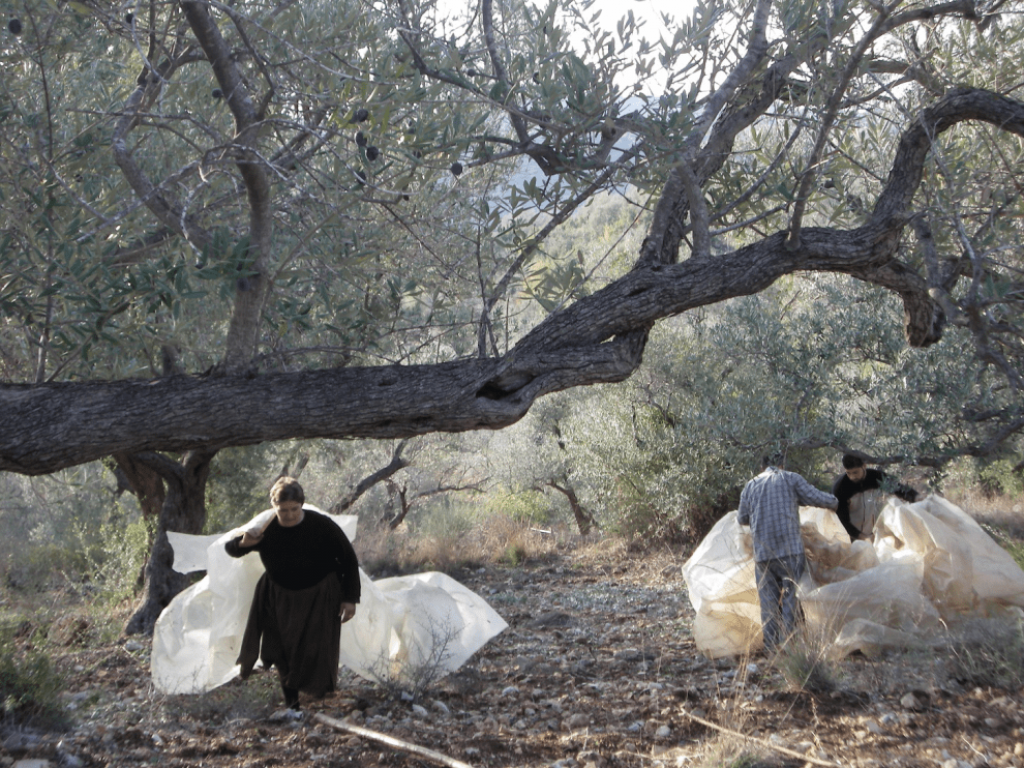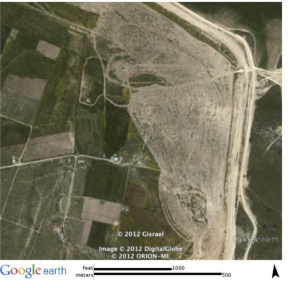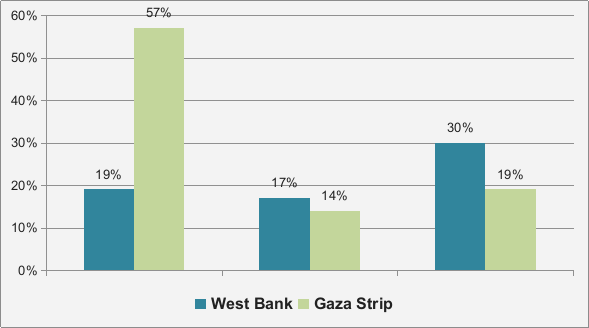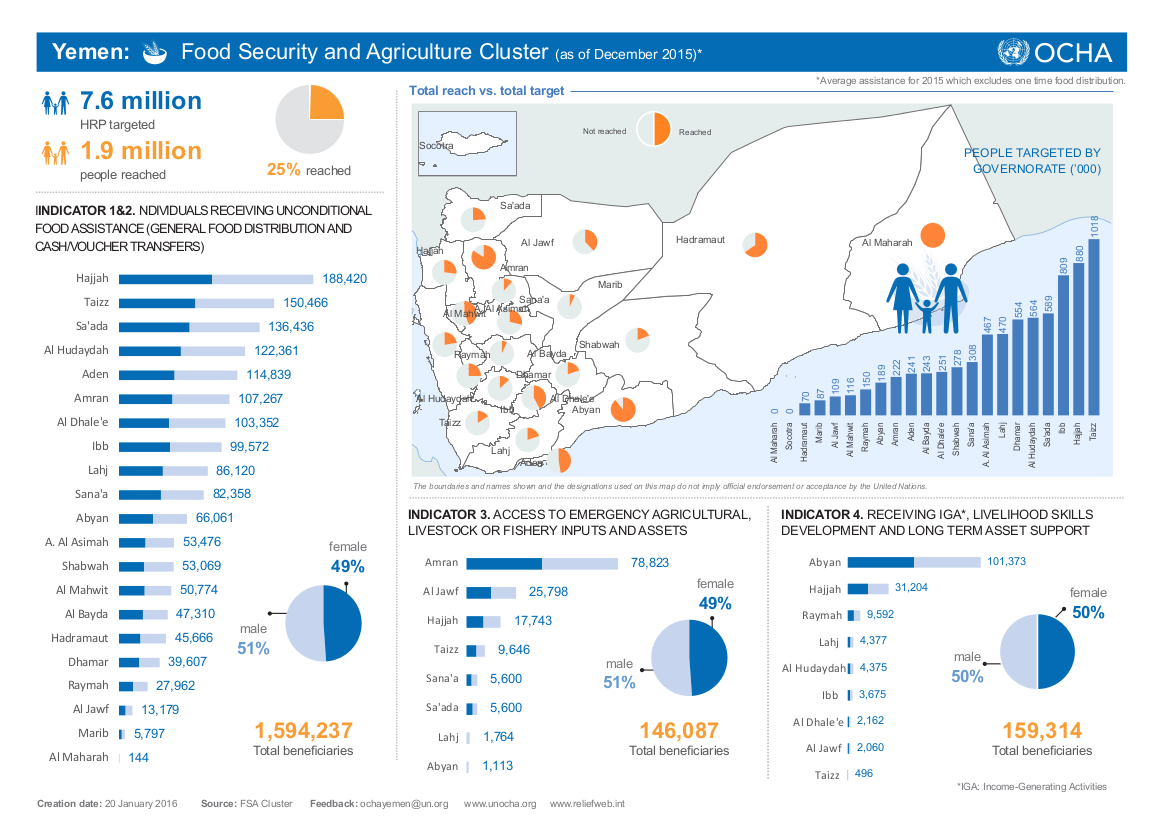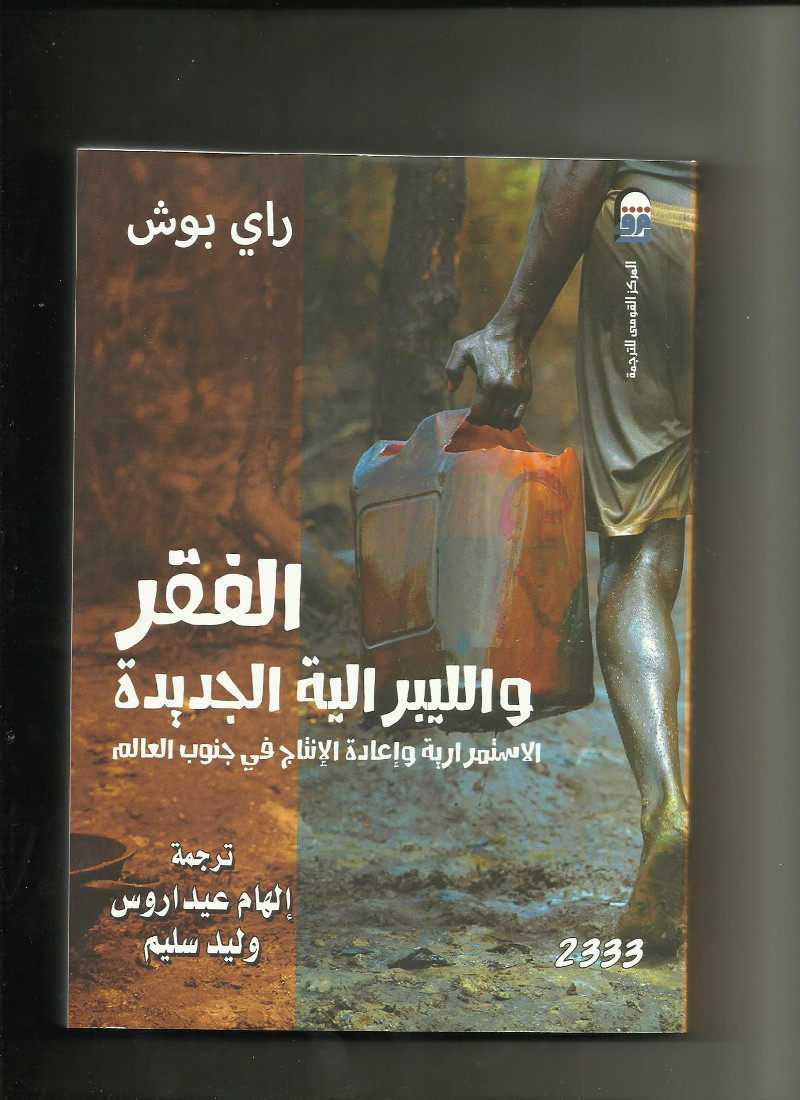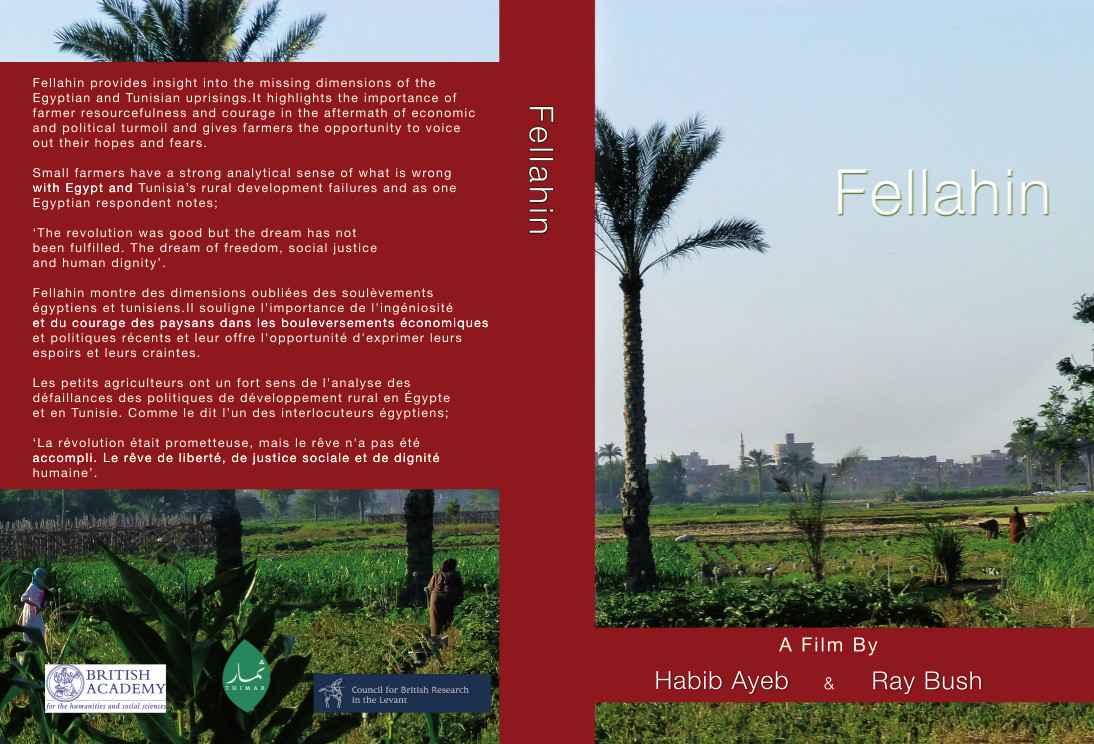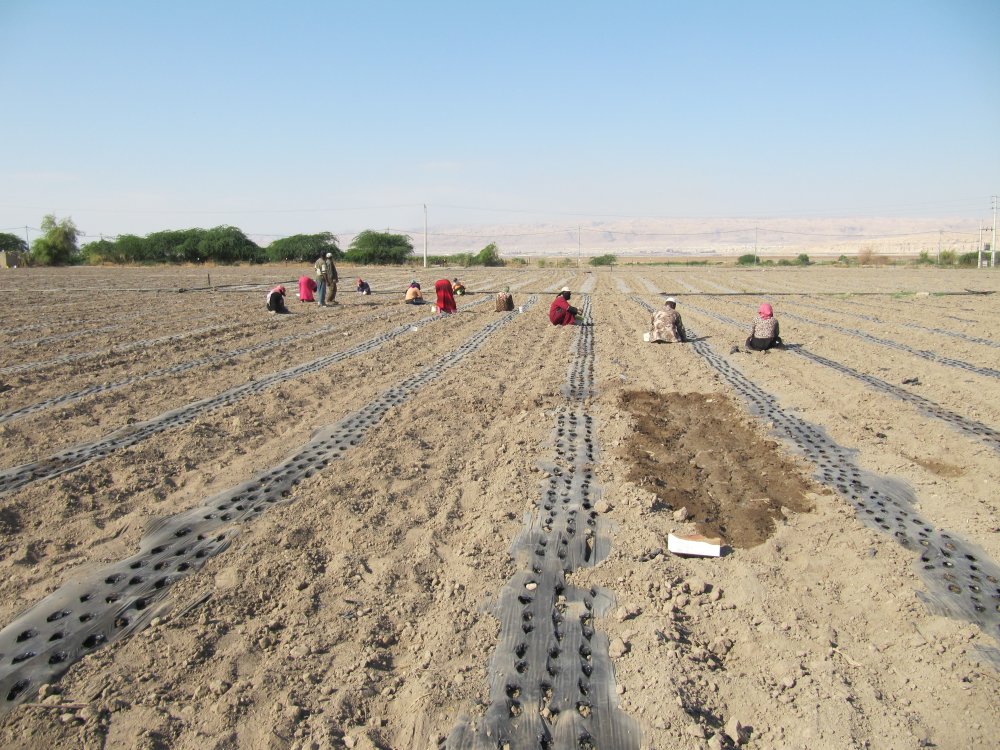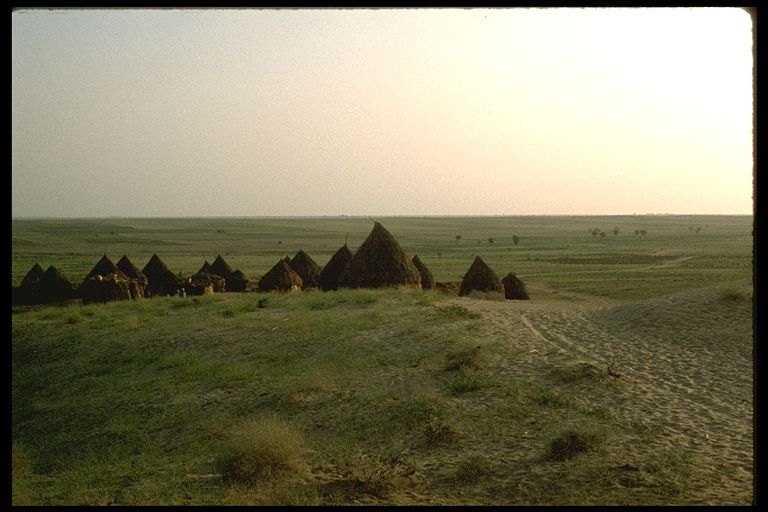The Impact of the War in Yemen on Artisanal Fishing of the Red Sea
This report examines how fishing communities along the Red Sea of Yemen make a living and the difficulties they face. The world over, artisanal fishing people – usually men although in at least one Yemeni community women also go out in boats to fish – experience problems of pollution and of decline in fish and shellfish numbers, often exacerbated by industrial and illegal fishing. Those who fish along the Red Sea coast face ecological degradation as do fishing communities elsewhere. For the Yemeni national economy, moreover, fish became a major item of export during the last decades, second only to oil and gas, and ahead of coffee and fruit. Upwards of a million persons were engaged in the capture, processing and selling of fish and shellfish: fishermen, their families, boat- and net-makers, processors of fish by drying, canning or freezing, traders, transporters and exporters. This brief study begins with an overview of the livelihoods and regulation of the sector drawing on a number of sources.
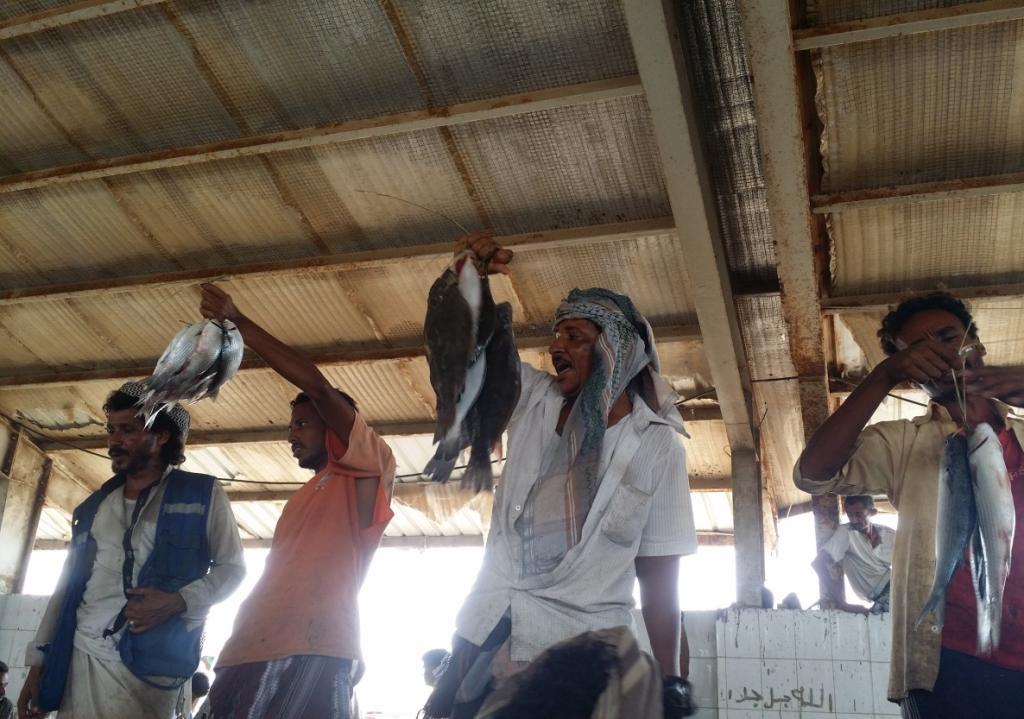 But beyond such problems faced by fishing communities the world over, those of Yemen’s Red Sea coast suffer what many elsewhere do not: the impact of war on their lives, settlements and livelihoods. From 26 March 26 2015, a military coalition led formally by Saudi Arabia began aerial bombardment in Yemen; the Saudi command declared that Operation Decisive Storm was going to be a short campaign. Three and a half years later the war continues.
But beyond such problems faced by fishing communities the world over, those of Yemen’s Red Sea coast suffer what many elsewhere do not: the impact of war on their lives, settlements and livelihoods. From 26 March 26 2015, a military coalition led formally by Saudi Arabia began aerial bombardment in Yemen; the Saudi command declared that Operation Decisive Storm was going to be a short campaign. Three and a half years later the war continues.
After an overview of the livelihoods of those who go out to fish, the report examines the impact of the ongoing war on fishing communities and the fishing sector more generally at the time of the field research. Alongside relevant reports and documents, individual interviews and focus groups were conducted in al-Hudayda and Sanʿaʾ. Al-Hudayda contains the most important commercial port of Yemen and a separate sizeable fishing port; the city’s major fish market stands close by the sole functioning public hospital of the city. The capital city Sanʿaʾ contains three fish markets and the central offices of the Ministry of Fish Wealth. In May of 2018, when the field research for this study was done, Coalition forces were threatening to seize the city of al-Hudayda but were yet some distance from the city.
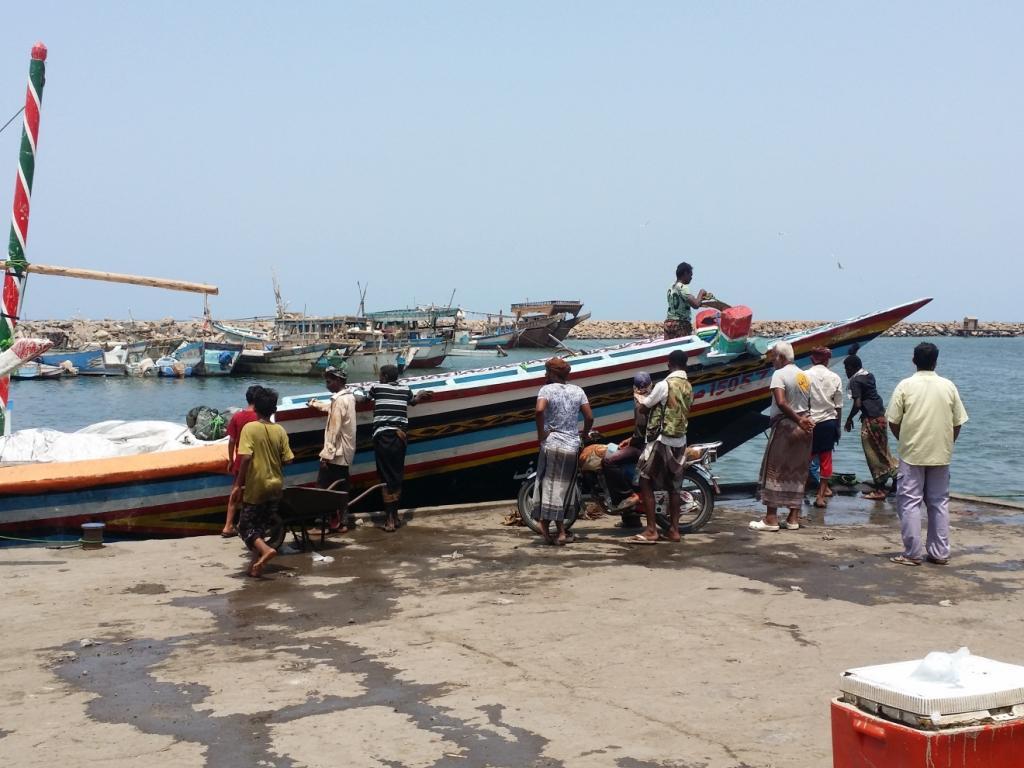 As the report details, from early in the war in 2015, fishing installations were struck by aerial bombardment, but the advance of Coalition-backed forces, largely Sudanese in the north, and in the south a combination of different Emirati-funded Yemeni forces, formally affiliated to the Hadi government based in Riyadh with a minor component of Sudanese fighters, proved slow. The forces of the defacto government in Sanʿaʾ lost the northern city of Miydi to the Saudi-backed forces only in January 2017. And, after securing the areas adjoining Bab al-Mandab, Emirati-backed forces seized the city of al-Makhaʾ (Mocha) the following month February 2017. It was only from the spring of 2018, however, that a major assault began on the city of al-Hudayda, the most important city in the Tihama Red Sea coastal plain.
As the report details, from early in the war in 2015, fishing installations were struck by aerial bombardment, but the advance of Coalition-backed forces, largely Sudanese in the north, and in the south a combination of different Emirati-funded Yemeni forces, formally affiliated to the Hadi government based in Riyadh with a minor component of Sudanese fighters, proved slow. The forces of the defacto government in Sanʿaʾ lost the northern city of Miydi to the Saudi-backed forces only in January 2017. And, after securing the areas adjoining Bab al-Mandab, Emirati-backed forces seized the city of al-Makhaʾ (Mocha) the following month February 2017. It was only from the spring of 2018, however, that a major assault began on the city of al-Hudayda, the most important city in the Tihama Red Sea coastal plain.
This report was written in the shadow of that attack, but before its devastating violence was fully unleashed. By November 2018, as this report is prepared for publication, upwards of a half a million persons have been displaced by war in the Tihama, and hunger has come to threaten up to half of the population of Yemen.
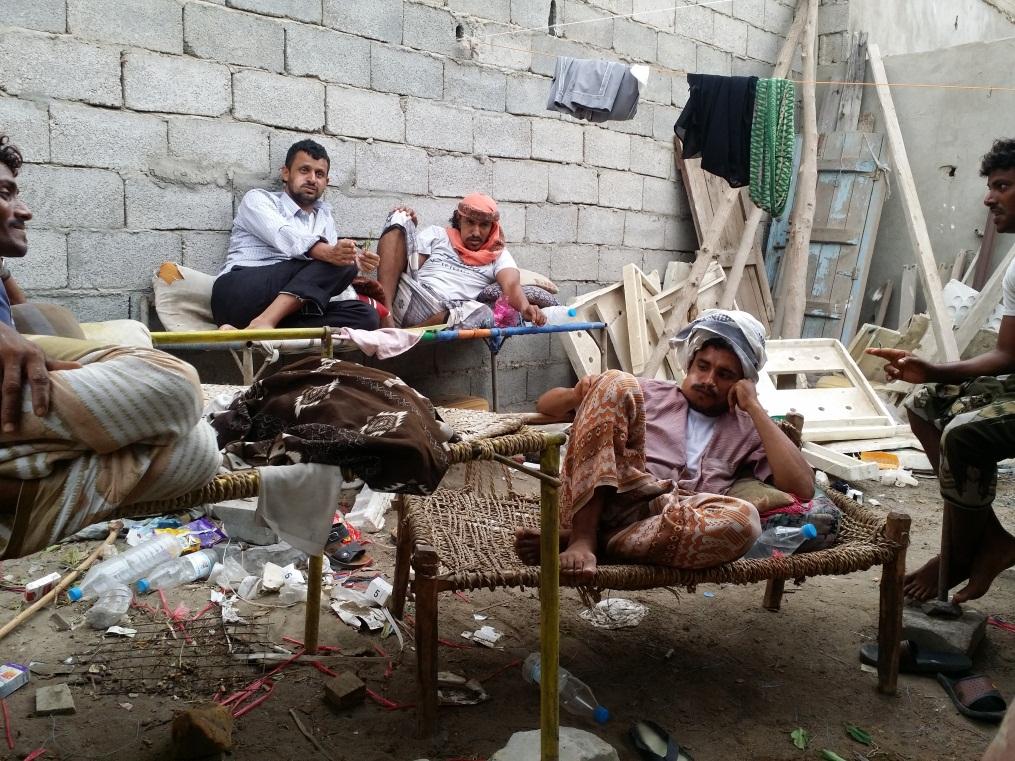
Conclusion
Collaboration, solidarity, integration and partnership are the socio-economic relations that characterise artisanal fishing operations and fishing communities in the Red Sea coastal governorates of Yemen. The captain makes the sailing decision after consulting his crew, after which he provides them with their household expenditures to cover the fishing trip in advance. The role of the agent, or wakil, is to provide financial support for the fishing trip in case the boat owner and/or the captain are unable to do so. Each fishing boat has a permanent crew, which may work together for months or years. The distribution of the fishing trip’s profit is usually according to shares. Retailers in the fishing community the fishermen’s households with food and non-food commodities on credit while they are at sea and until their fishing trips make a profit.
Saudi-led coalition strikes from March 2015 to December 2017 caused the death of 146 fishermen and the wounding of 57; it led to the destruction of 222 fishing boats and equipment. The war has caused a major decline in the quantity and value of fish production, with fisheries production completely collapsing in the Taʿizz and Hajja governorates. Against this background, this report shows that damages from the ongoing war on the artisanal fishing sector have had a large impact on fishermen, fishing inputs, marine ecosystems, infrastructure, all parts of fishing operations, all stakeholders involved in fish processing and marketing and the development of the fishing sector. In the Red Sea coastal area, where artisanal fishing contributed 100 percent of the total fish products, the impact on of the war on artisanal fishing is devastating to the entire population, human, fauna and flora.
Read the full report, below as pdf below and on the website of the LSE Middle East Center.

